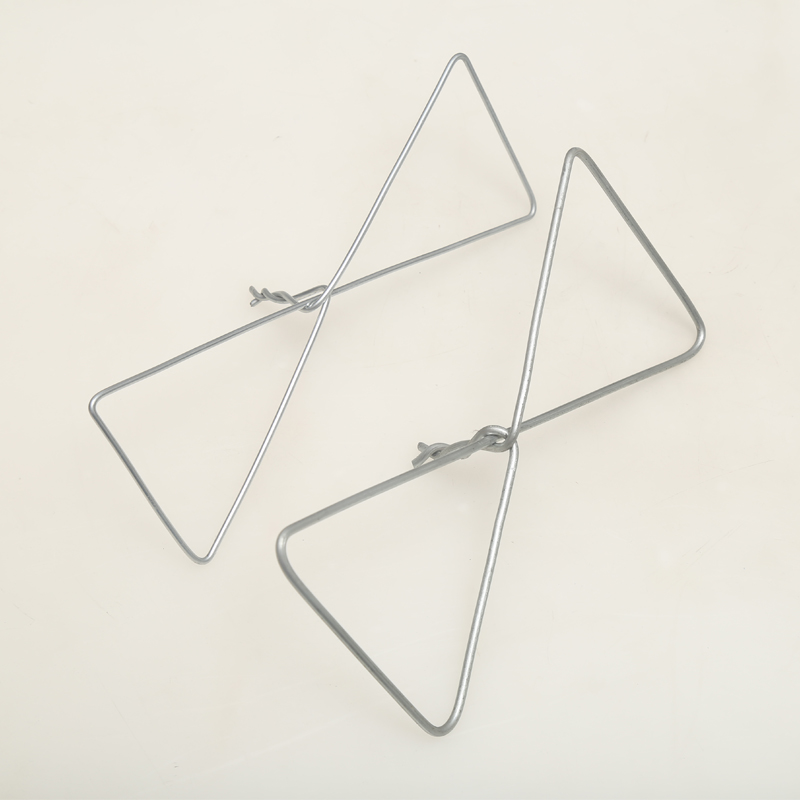
- Mobile Phone
- +8613931874955
- sales@cntcmetal.com
Exploring the Applications and Benefits of Continuous Length Extension Springs in Mechanical Systems and Designs
Understanding Continuous Length Extension Springs
Continuous length extension springs are a type of mechanical spring commonly used in various applications where flexibility, strength, and elongation are essential. Unlike traditional springs, which have a limited length and are manufactured to specific dimensions, continuous length extension springs can be produced in much longer lengths, making them highly versatile for numerous engineering and industrial applications.
Composition and Design
Continuous length extension springs are typically made from high-carbon steel or stainless steel, which provides the necessary resilience and durability. The material choice is critical as it influences the spring's tension, fatigue resistance, and overall performance. The design of these springs involves a series of coils that are wound tightly together, allowing them to stretch when a load is applied. The coiled structure provides a significant amount of stored energy, which can be released when the tension is removed.
One of the defining characteristics of continuous length extension springs is their ability to be produced in custom lengths and dimensions. This flexibility in design allows engineers to tailor the springs to meet specific requirements for various applications. Whether in automotive manufacturing, aerospace, or industrial machinery, the adaptability of continuous length extension springs makes them a preferred choice.
Applications
The applications of continuous length extension springs are vast and varied. In the automotive industry, they are commonly used in mechanisms such as door hinges, where the spring provides the necessary tension to keep the doors securely closed while still allowing them to be opened smoothly. In machinery, these springs are often utilized in conveyor systems, where they help maintain tension in belts and chains, ensuring efficient operation.
continuous length extension springs

Moreover, continuous length extension springs find applications in consumer goods, such as furniture and appliances. For example, they can be found in recliners, where they work to provide the necessary support and movement for the reclining mechanism. Additionally, in the realm of electronics and gadgets, these springs are crucial in devices that require consistent tension, such as retractable cords and devices with sliding mechanisms.
Advantages
One of the primary advantages of continuous length extension springs is their ability to maintain consistent tension over extended periods. This consistency is essential in applications where a specific pressure must be retained to ensure functionality. Furthermore, these springs exhibit excellent fatigue resistance, allowing them to endure repeated stretching and compressing without failing.
The ability to customize the length and diameter of these springs also means that engineers can optimize the spring for specific tasks. Customization can lead to increased efficiency in design and operation, reducing the need for additional components and simplifying overall assembly processes.
Conclusion
In summary, continuous length extension springs play a critical role in modern engineering and manufacturing. Their unique properties, including the capacity for customization and durability under stress, make them an indispensable component in a wide array of applications. From enhancing the functionality of automotive parts to ensuring the efficient operation of industrial machinery, these springs exemplify the importance of innovative design in mechanical engineering. As industries continue to evolve and demand more versatile solutions, continuous length extension springs will undoubtedly remain at the forefront of spring technology, providing reliable and efficient performance across countless applications.
share:
-
Your Source for Concrete Wall Ties and Masonry AccessoriesNewsJul.10,2025
-
Unlocking the Power of Iron Wire for Every ProjectNewsJul.10,2025
-
Explore Advanced Chain Wire and Stainless Steel Mesh FencingNewsJul.10,2025
-
Discover the Benefits of Annealed Wire ProductsNewsJul.10,2025
-
Discover China Stainless Steel Wire Mesh SolutionsNewsJul.10,2025
-
Build with Confidence Using High-Performance Masonry AccessoriesNewsJul.10,2025
-
Why Sacrificial Formwork Is Redefining Underground ConstructionNewsJun.06,2025



















